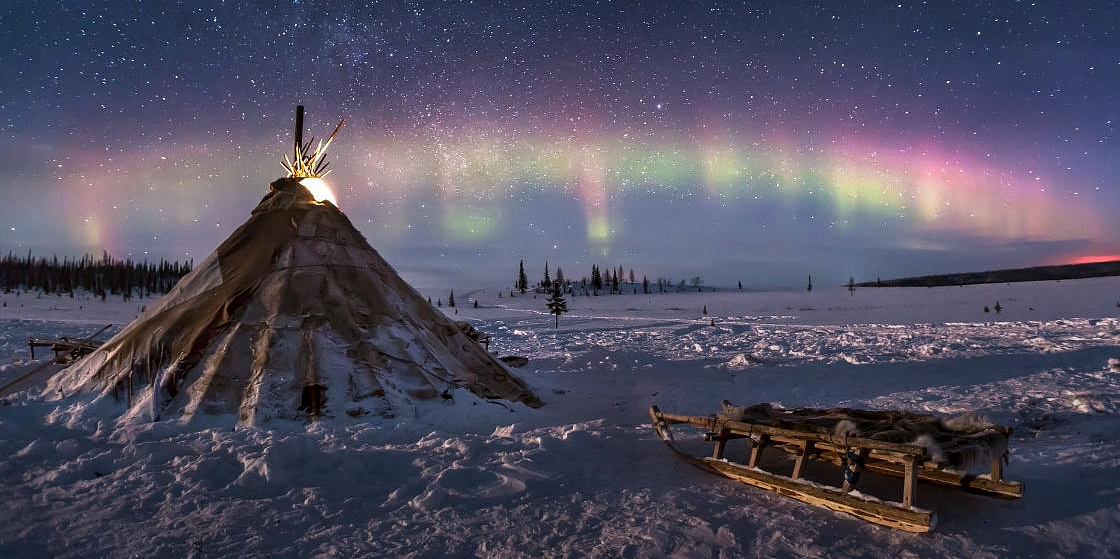
Photo: Alekseev Vladimir/GeoPhoto.ru
Top Arctic stories of the week, 27 -- 29 December 2021
Below is a recap of this week’s posts by Alexander Stotskiy (CEO, Project Office for Arctic Development) analyzing major international, national and regional events and trends in the Arctic.
Zvezda Shipyard is making progress with new ships for the Arctic
A major effort is underway to create a fleet fit for the challenge of delivering goods from Russia’s projects in the Arctic to the rest of the world. The Zvezda Shipyard located in the Russian Far East started cutting metal for a product carrier powered by natural-gas-based motor fuel. The tanker, which is to be commissioned by 2024, is being constructed for the Arctic LNG project. The vessel is the sixth out of 15 product carriers to be engaged in the project’s transport operations on the Northern Sea Route. In turn, Severstal, a major Russian-based metal producer, supplied about 9,000 tons of top-grade steel for the world’s largest nuclear-powered icebreaker currently being built at Zvezda. Read more…Clean Arctic project discussed at a ministerial meeting in Moscow
The Ministry for the Far East and Arctic hosted a meeting to review the outcomes and discuss prospects of the Clean Arctic initiative implemented in the Russian High North. According to Minister Chekunkov, more than 2 thousand volunteers collected more than 1.5 thousand tons of waste in the Arctic in 2021. The project will expand its activities next year. The number of volunteers willing to participate in a major Arctic cleanup effort in 2022 has already exceeded 3 thousand. To get even better results, Minister Chekunkov suggested joining forces with other conservancy and environmental teams implementing their projects in the Russian High North. Read more…Russia will supply blue fuels from an Arctic project
Russian-based Novatek and German giant Uniper SE signed a term sheet on the long-term supply of large volumes of low-carbon ammonia conforming to the EU taxonomy. The two companies have agreed on supplying 1.2 billion metric tonnes of blue ammonia per year to be produced at the planned Obskiy Gas Chemical Complex (GCC) project in the Arctic Russian region of Yamal. Ammonia will be produced from natural gas delivered from the Obskiy Field. The project will include carbon capture and storage facilities capable of storing some 4 million tons of CO2 a year. Read more…
30 December 2021




